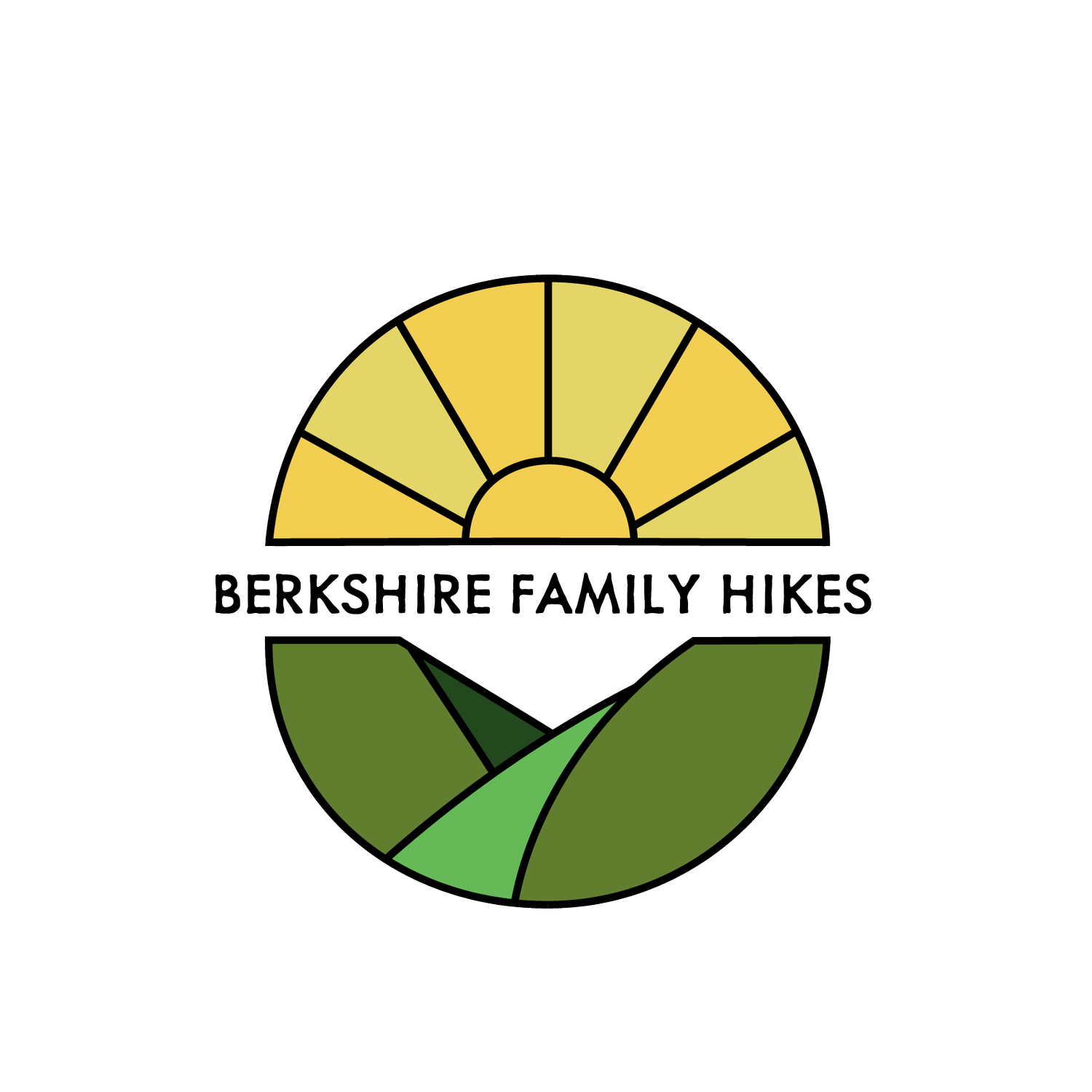Sorry For Grousing - Dorothy Frances Rice Wildlife Sanctuary
[et_pb_section fb_built="1" admin_label="section" _builder_version="3.22"][et_pb_row admin_label="row" _builder_version="3.25" background_size="initial" background_position="top_left" background_repeat="repeat"][et_pb_column type="4_4" _builder_version="3.25" custom_padding="|||" custom_padding__hover="|||"][et_pb_text admin_label="Text" _builder_version="3.27.4" background_size="initial" background_position="top_left" background_repeat="repeat"]
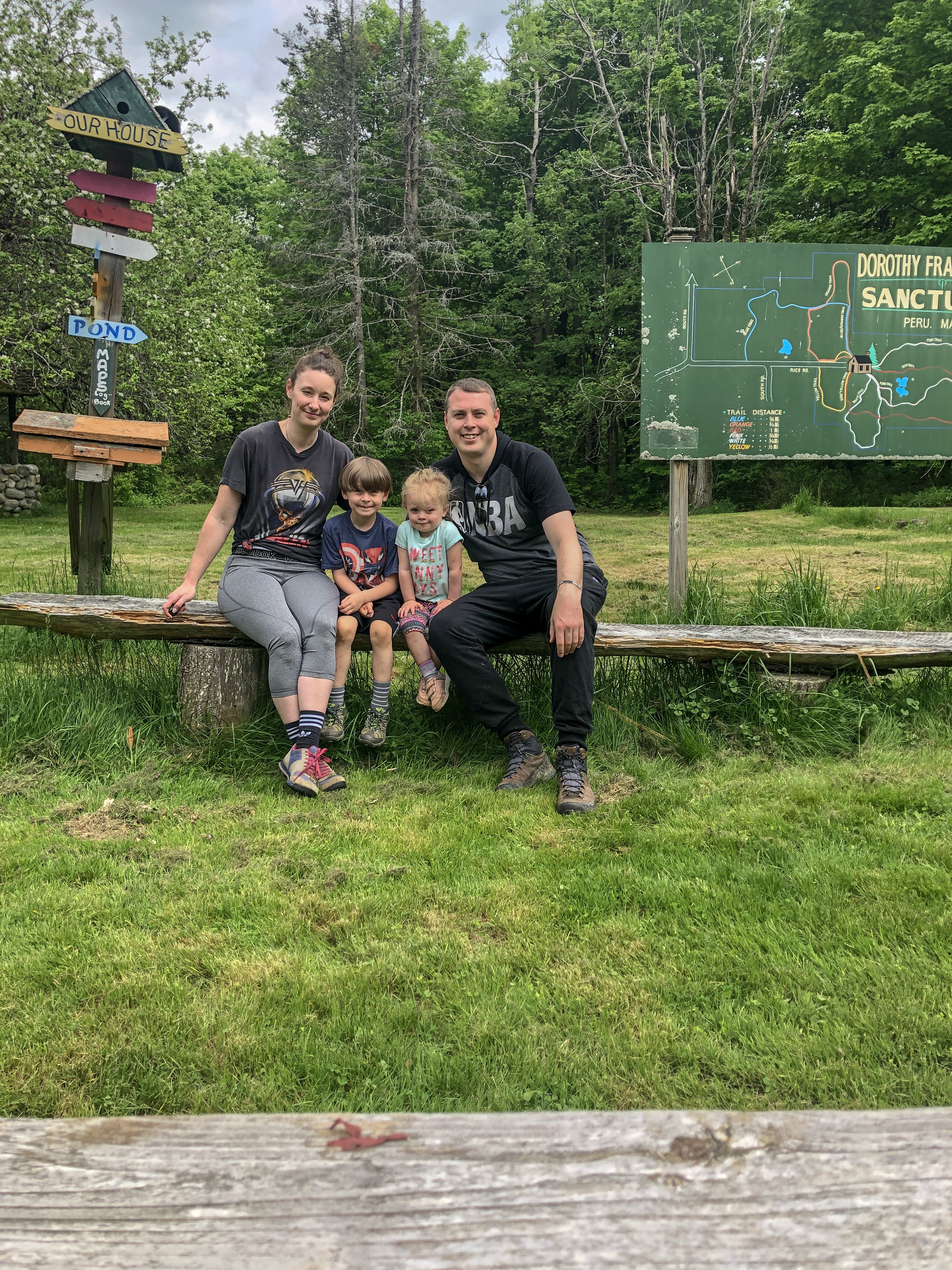
Where We Went : Dorothy Frances Rice Wildlife Sanctuary - Peru, MA
When We Went : June 1st
Difficulty (Boots 1 - 10) : 1 - 2 Boots
Trail Length : Varied trail network totaling 5 miles - All marked by colors - We hiked the Pond trail, Pink Trail, Yellow Trail, and some of the Red Trail.
How Long it Took Us : 2.5 Hours
Overview : The town of Peru boasts the highest elevation in the state (2,064 feet). The sanctuary was established in the late 1920s on property owned by Oran Rice, a New York City architect, and his wife, Mary, to honor their daughter, a recent Smith College graduate who had succumbed to tuberculosis.
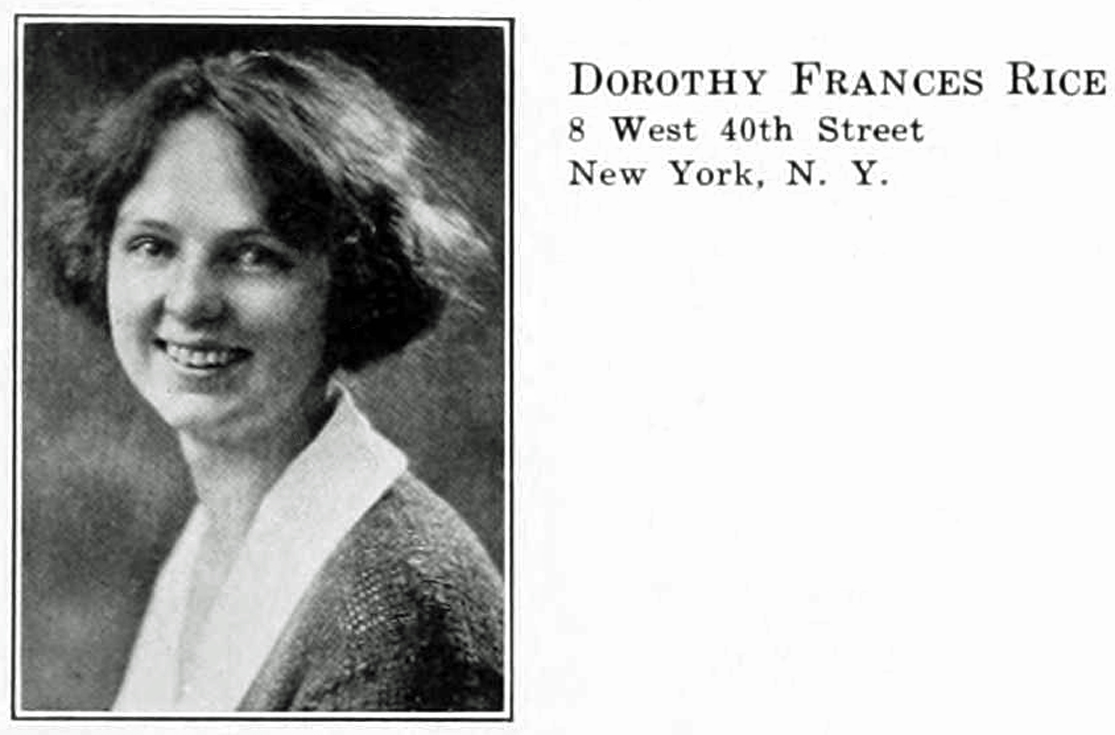
After Oran Rice died, his widow set up a family trust to preserve and maintain the land, which was donated to the foundation in 1974, along with a maintenance fund for the trails and the caretaker's cottage. The family's summer home within the preserve had been destroyed by fire and later was demolished. The lightly trafficked Sanctuary offers six well-marked trails and reportedly over 40 nesting species of birds.
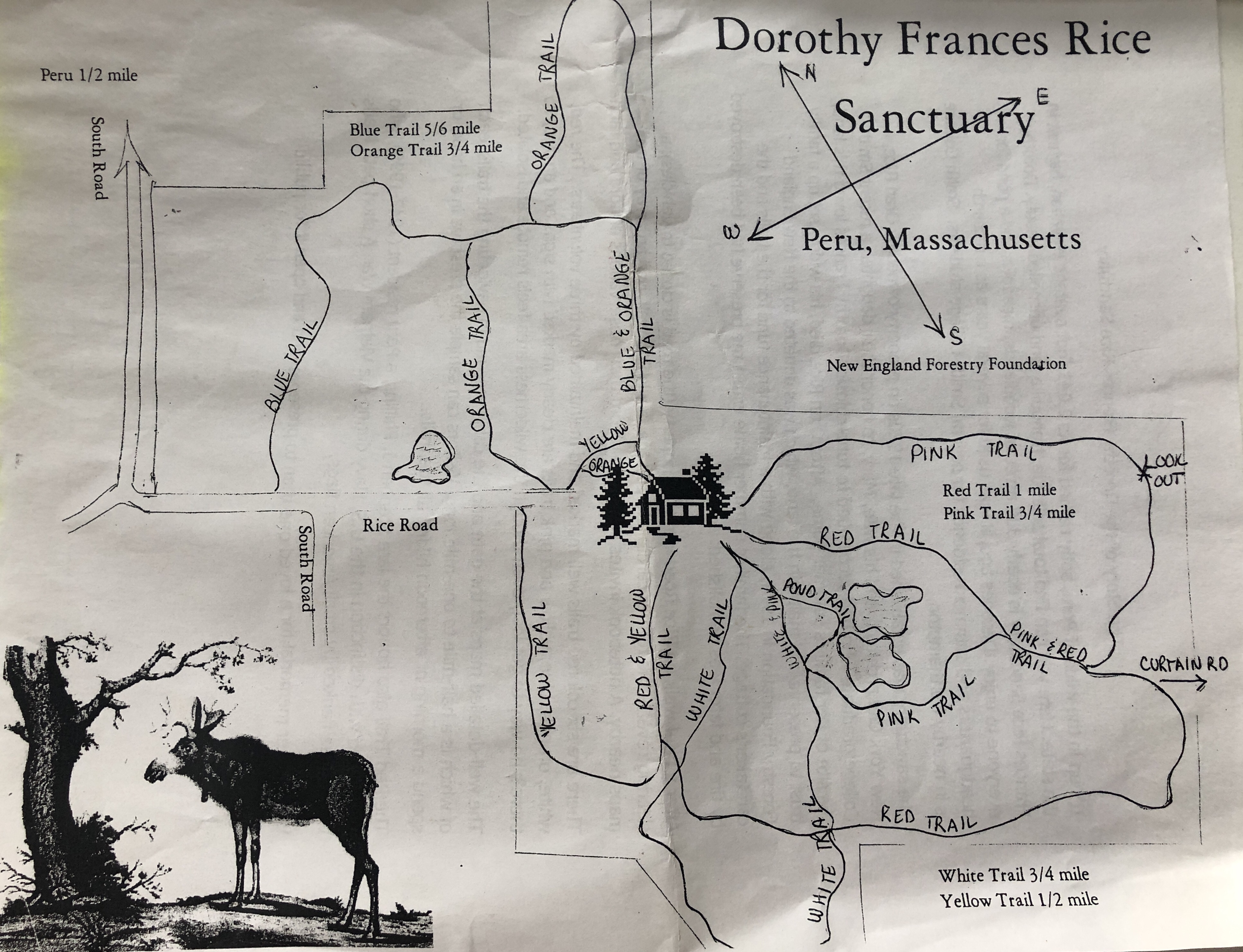
The color-coded trails are well maintained and offer up beaver ponds, lush meadows, transitional forests, and a hilltop lookout as some points of interest. Check the log for recent animal sightings. From the large map posted at the caretaker's cottage, pick a color, and go explore!

What We Dug : As you walk up Rice Road, almost immediately on the left, is a beaver marsh. We spent some time stick-tossing and searching for signs of beaver activity. Just before the caretaker's cabin, there is an overgrown field on the left.
Once called "fool hens" because they seemed so stupid, the grouse is now acknowledged for it's canny nature. Male grouse are extremely territorial. The grouse shows off his dominance through a drumming display. A decaying log becomes a stage. The log is usually that of an older tree and of larger size. Logs hidden beneath brambles or low-hanging trees are top choice, as the grouse prefer the cover from moss and debris. In the quiet of the woods, the beating of the grouse’s wings sound like a lawn mower starting up, or the beating of a heart; especially at the beginning, when the drumming starts off soft and slowly increases in speed and intensity. The beating of the wings against the air create a vacuum, as lightning does when it makes thunder. This ritual is more frequent in the spring, but occasionally heard in the summer and fall. We attempted (and failed) to sit quietly near the underbrush with our ears at the ready. Grouse also make a
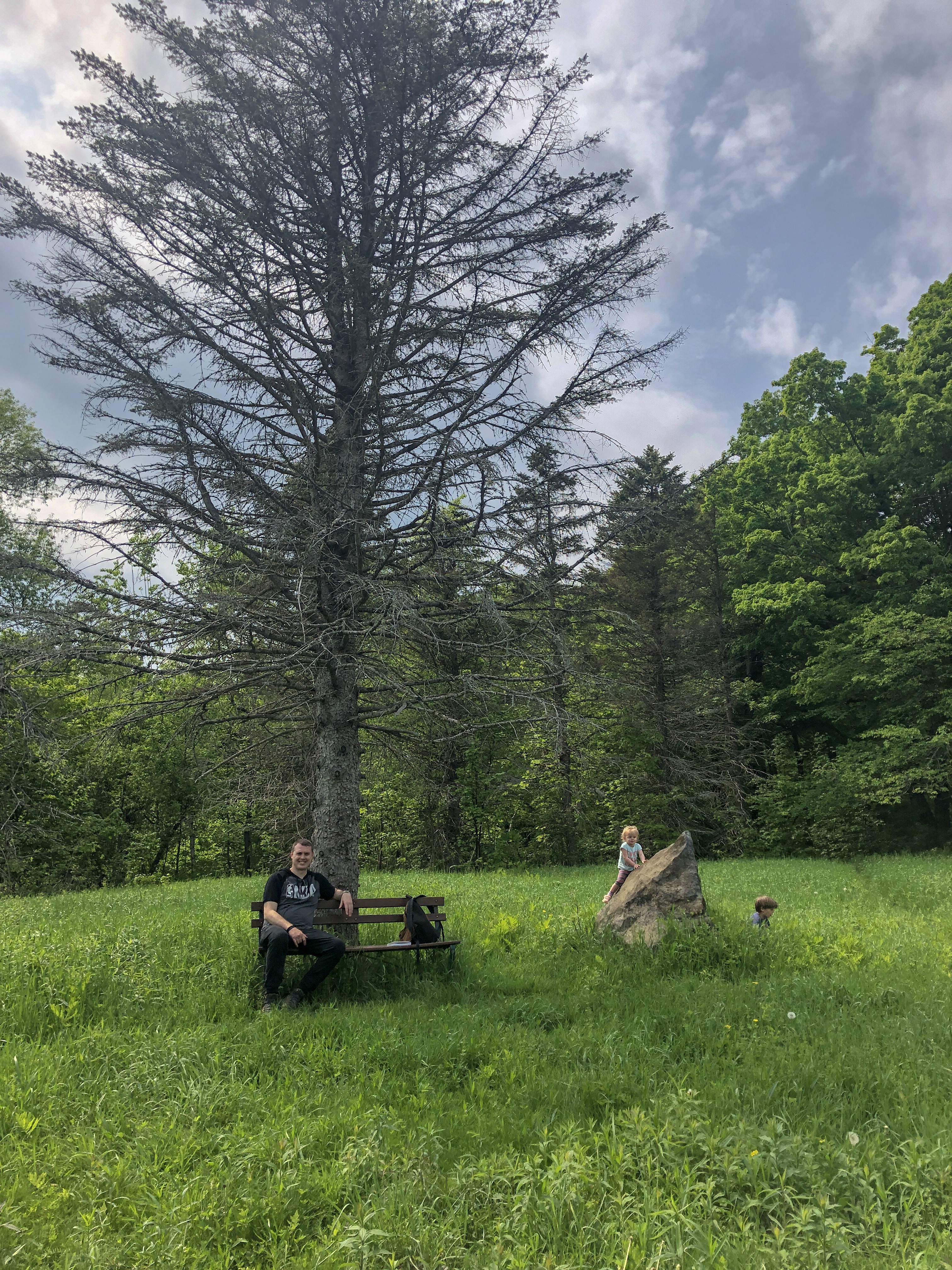

Interest swiftly waned and we continued on towards the second pond, stopping in the meadow to climb a large boulder and enjoy a snack bench-side. Another round of pond exploration, bridge crossing and woodland exploration led us to the Pink Trail. We didn't make it to the outlook but took another opportunity to listen for the furious wings of the grouse in the forest below. This time we tried to imitate it's sound in hopes of a response. We cupped our hands and slowly started beating our chest, quickening the pace as we went.
This went as you'd expect: no reply from the wise old grouse, just the four of us in the woods comically thumping away like gorillas.

Concluding these theatrics, thoroughly enjoyed by the kids, we headed back to Rice Road by way of the Yellow Trail - with not a grouse to be heard, bird or otherwise.
What We Could Do Without :
MY EXPECTATIONS. I went into this hike with "birding" at the forefront of my mind and was humbled real quick. Most kids under 10 (and over?) are not very stealthy. Mine are exceptionally rhino-like, making proper birding near impossible. The gorilla dance reminded me: this is supposed to be FUN!
Keep Your Eyes Peeled For: Wishing Well, Apple Tree, Red Maple, Beech, White Pine, Red Spruce, Balsam Fir, Blue Flag, Foamflower, Hummingbird Moths,
Must Know Before You Go’s : Rice Road is closed to vehicles. Park on the road shoulder but please don't block the gate to Rice Road. The trailhead kiosk stocked with trail maps, as well as the kiosk near the caretaker's cottage. Cottage hours are sporadic. No facilities. Cross country skiing allowed. No hunting, fishing or motorized vehicles. Black bears are seen here frequently, and moose are becoming more common each year. Use precautions and make your presence known.
Directions : Follow Route 143 east from Hinsdale to Peru center and turn right onto South Road. Follow South Road until you arrive at a marked gate. This is Rice Road.
Website :
Resources :
https://www.audubon.org/news/see-and-hear-ruffed-grouses-haunting-air-drumming
Scroll through for more photos of our DFR Wildlife Sanctuary Adventure!
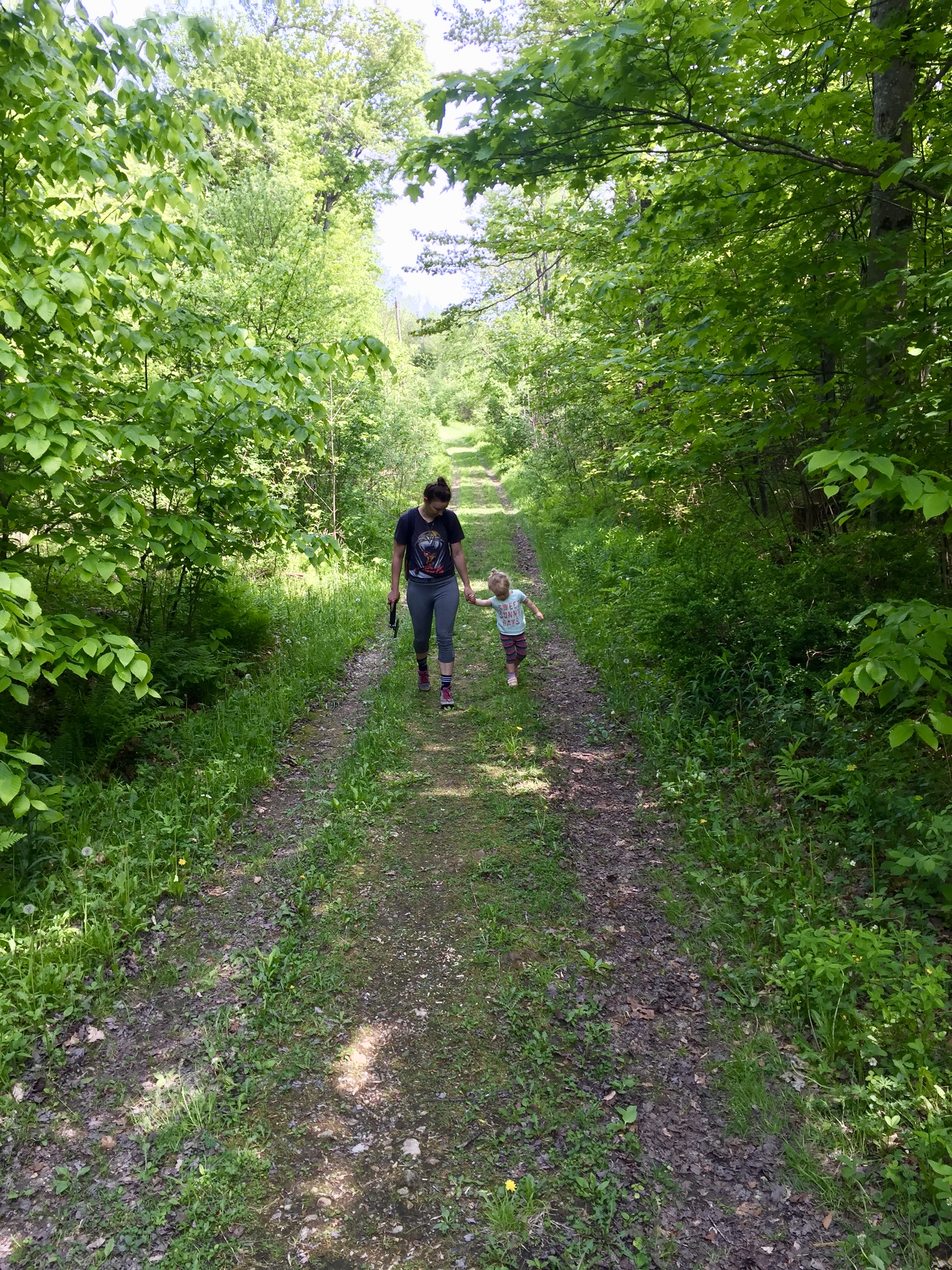
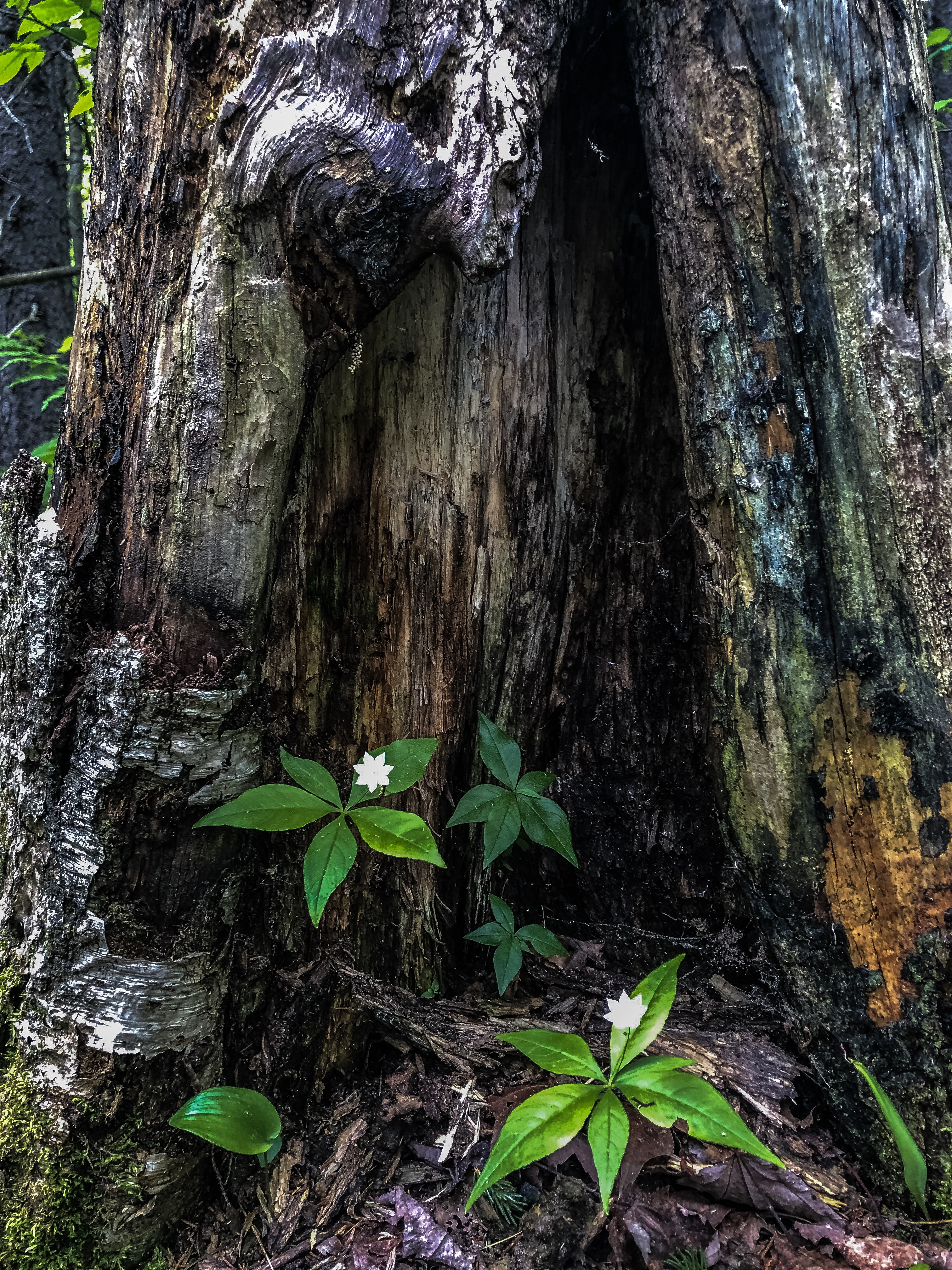

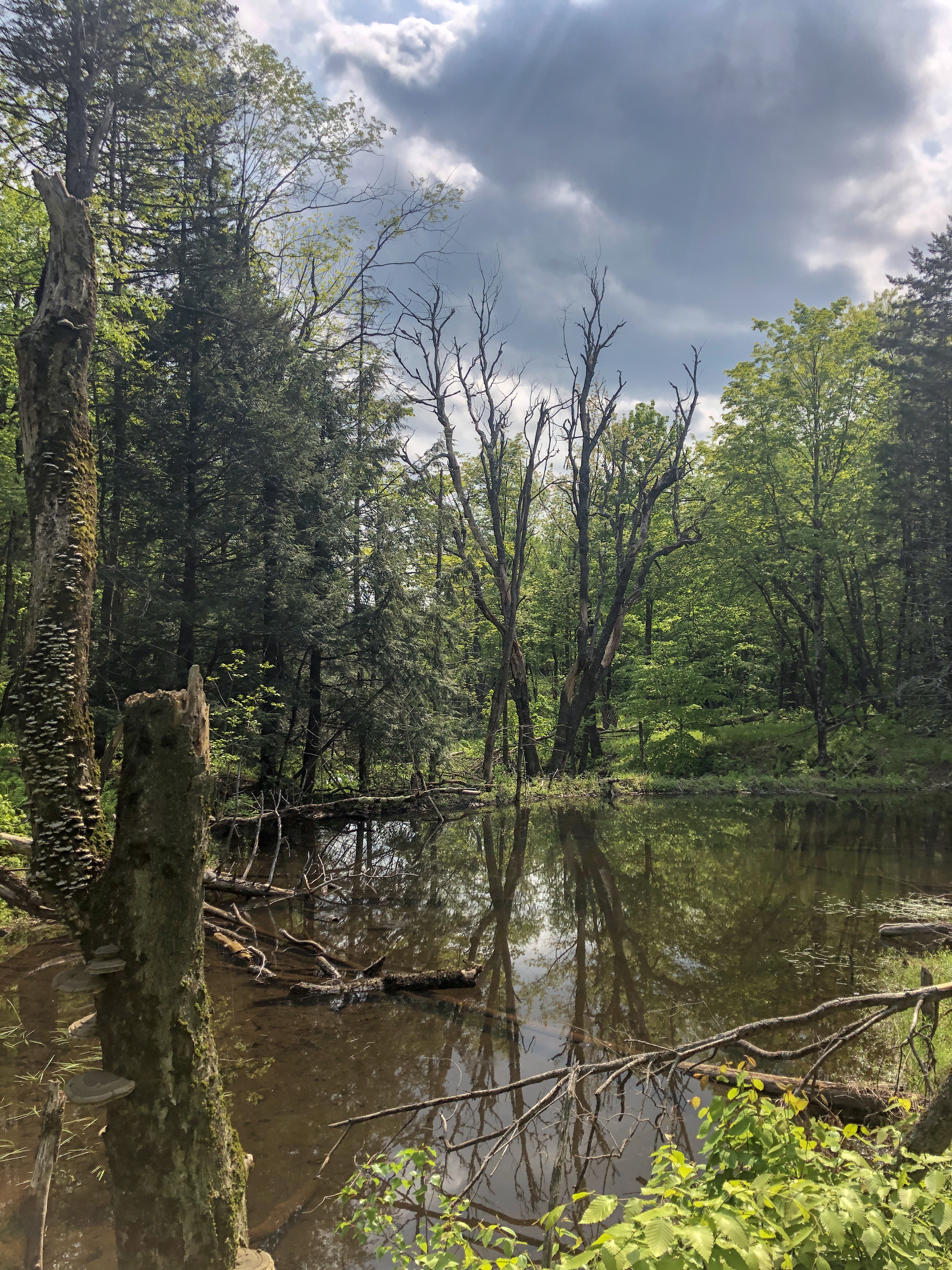
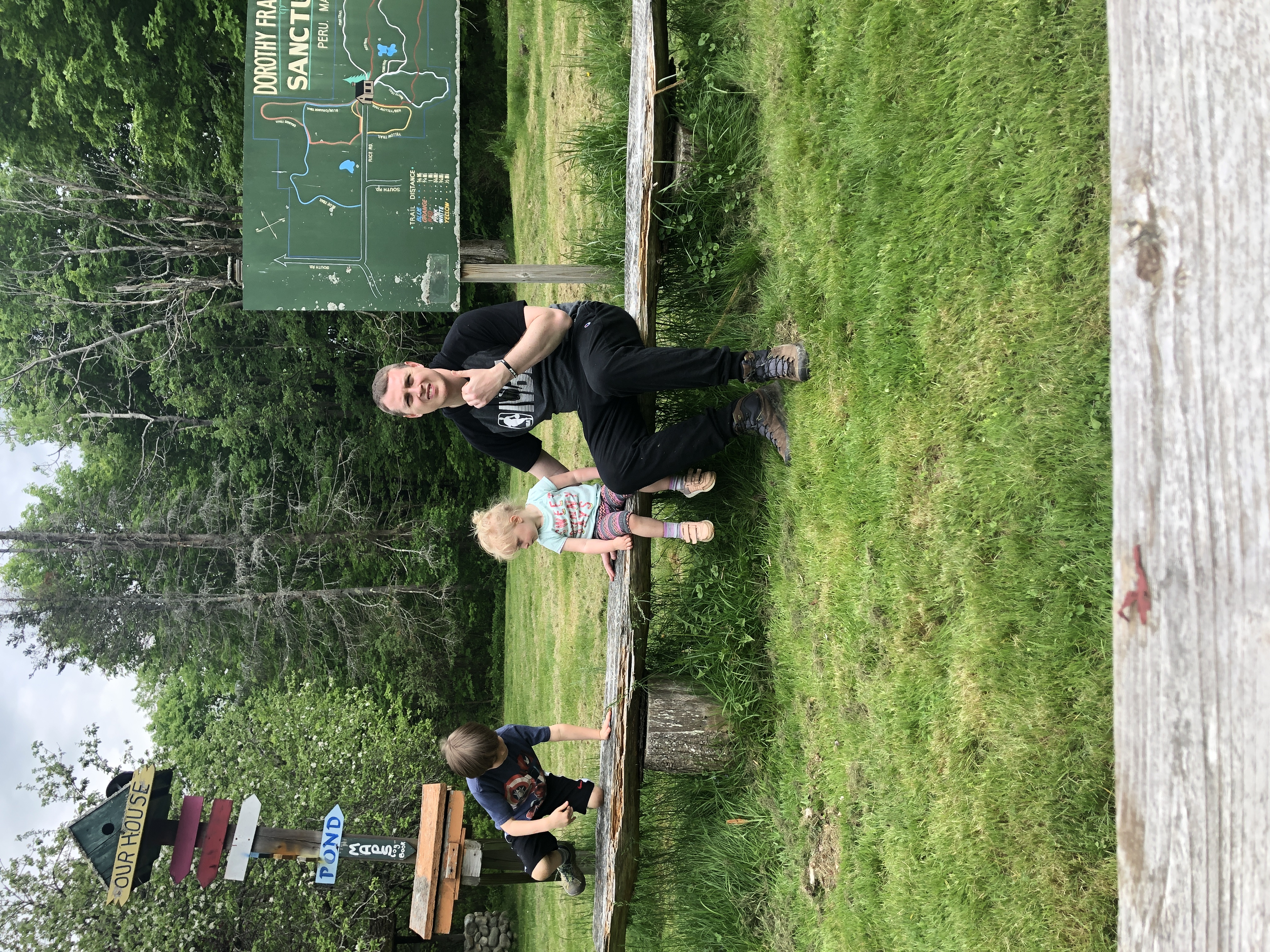
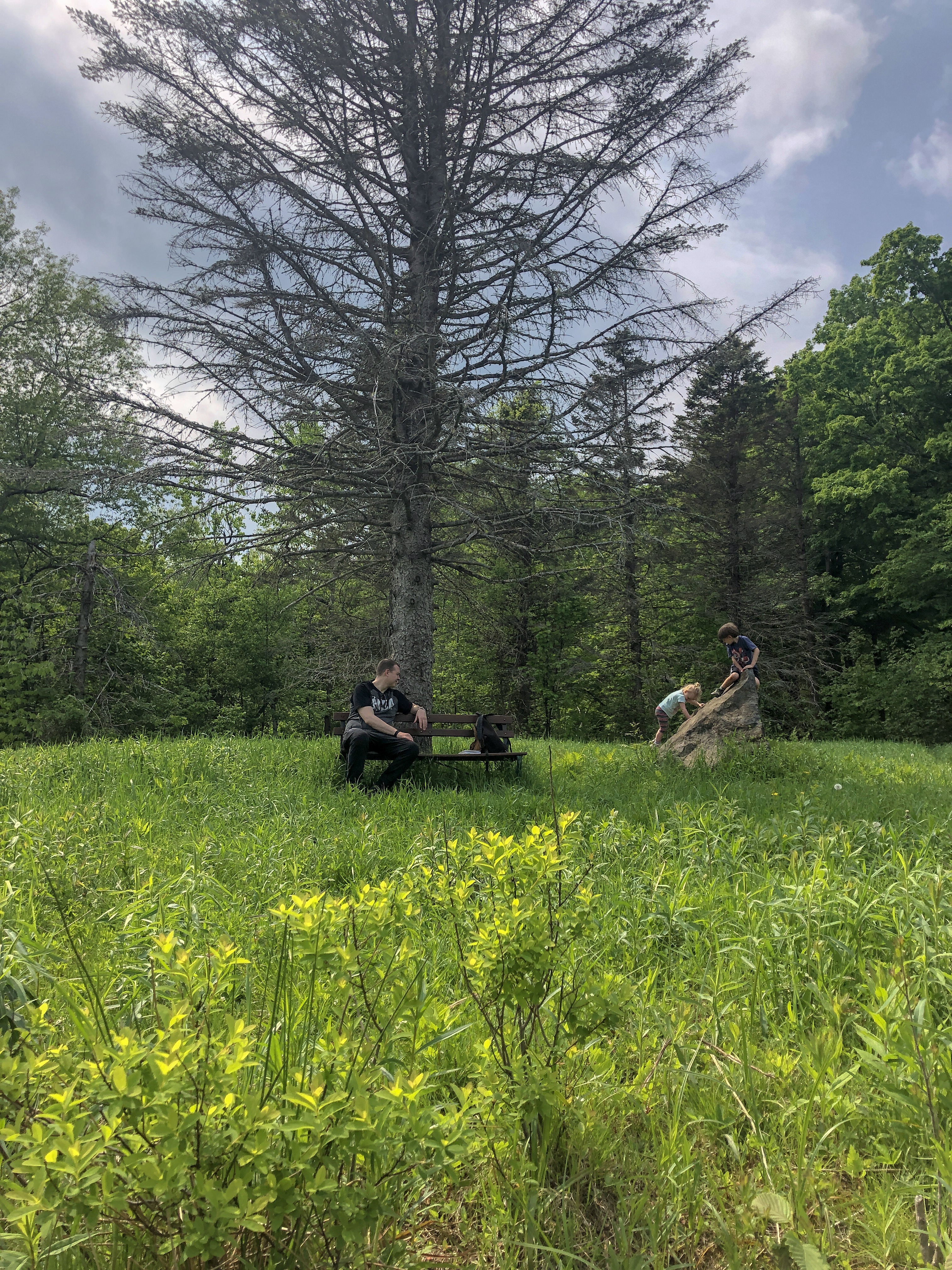
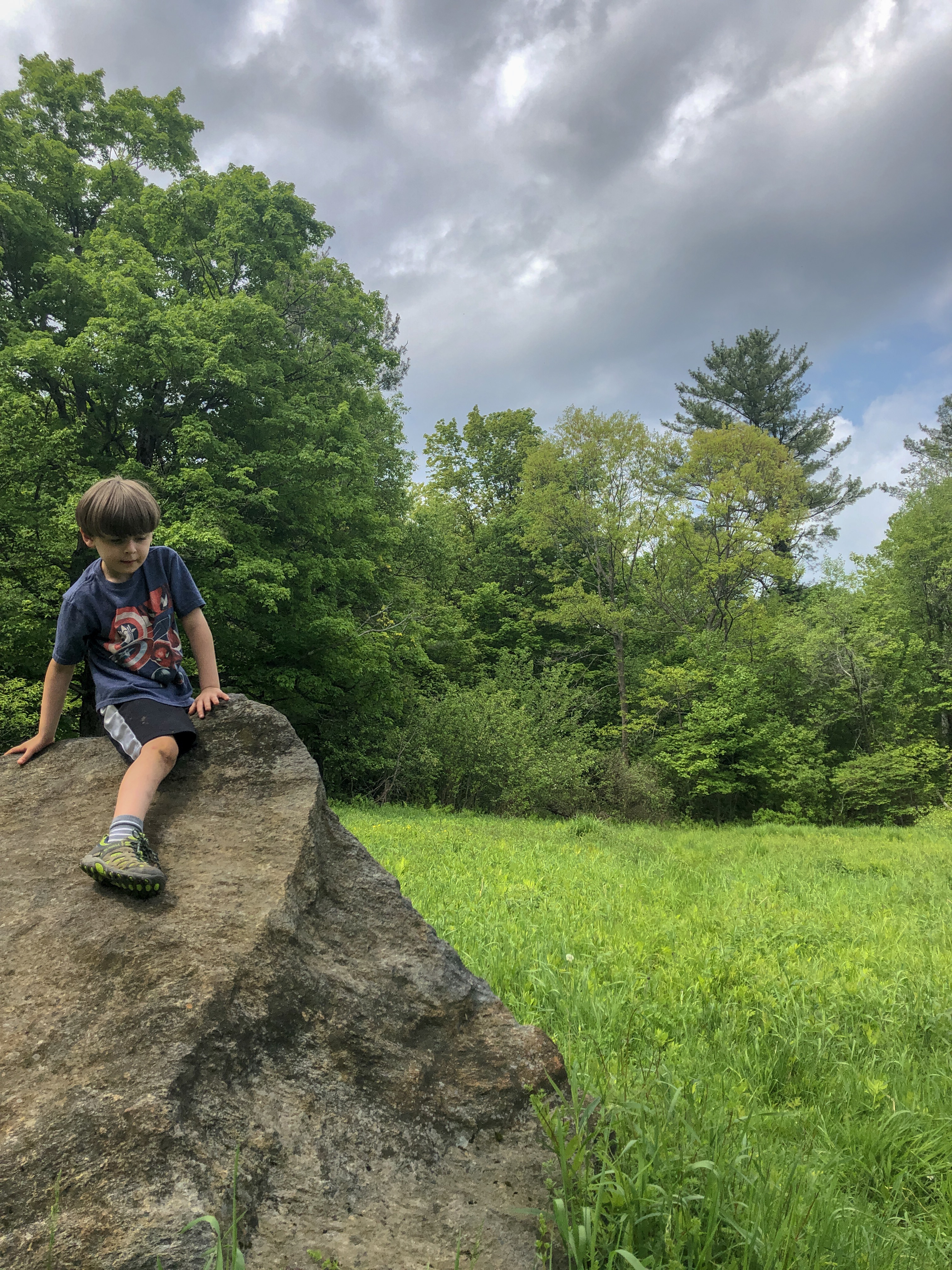
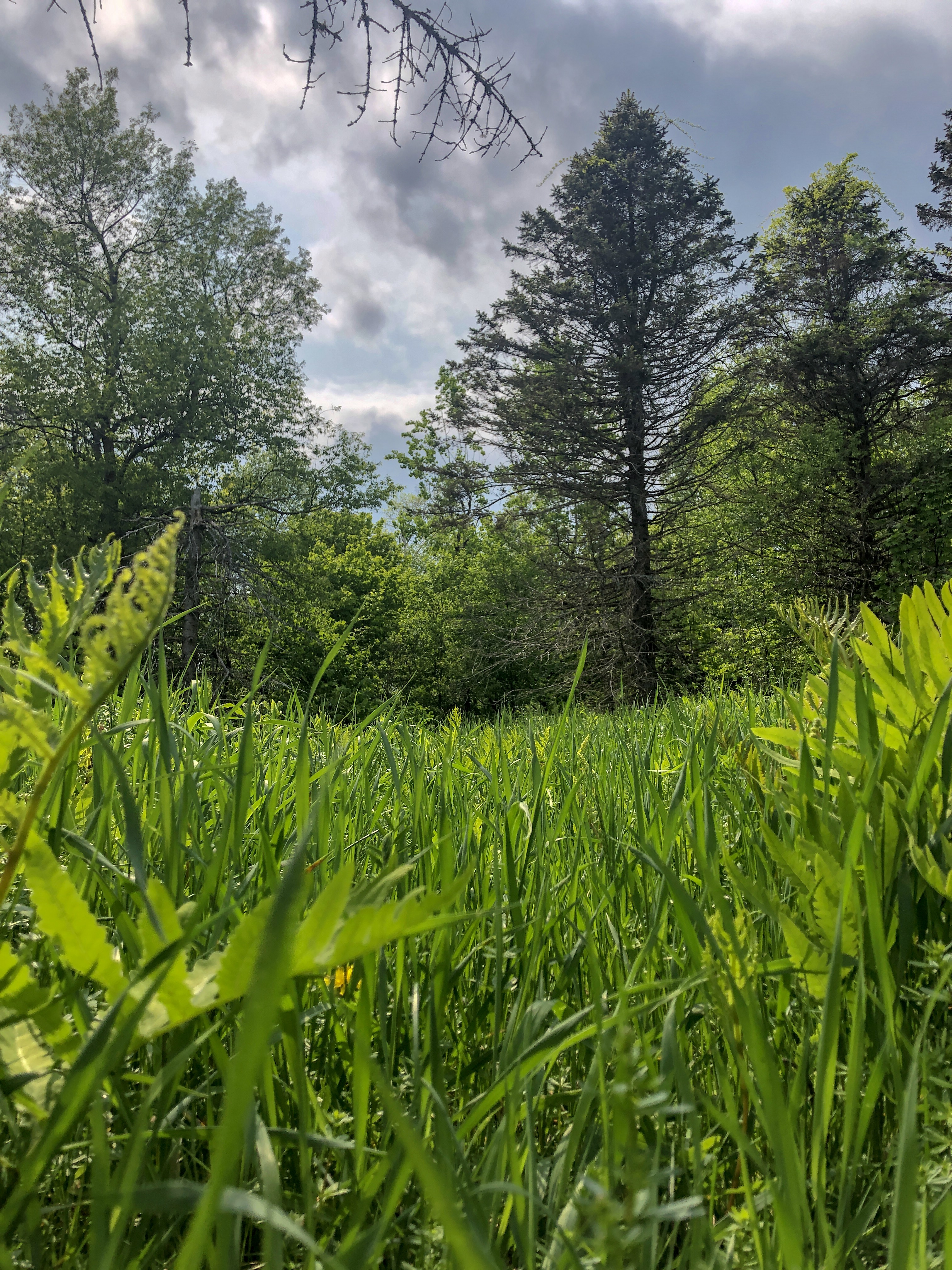

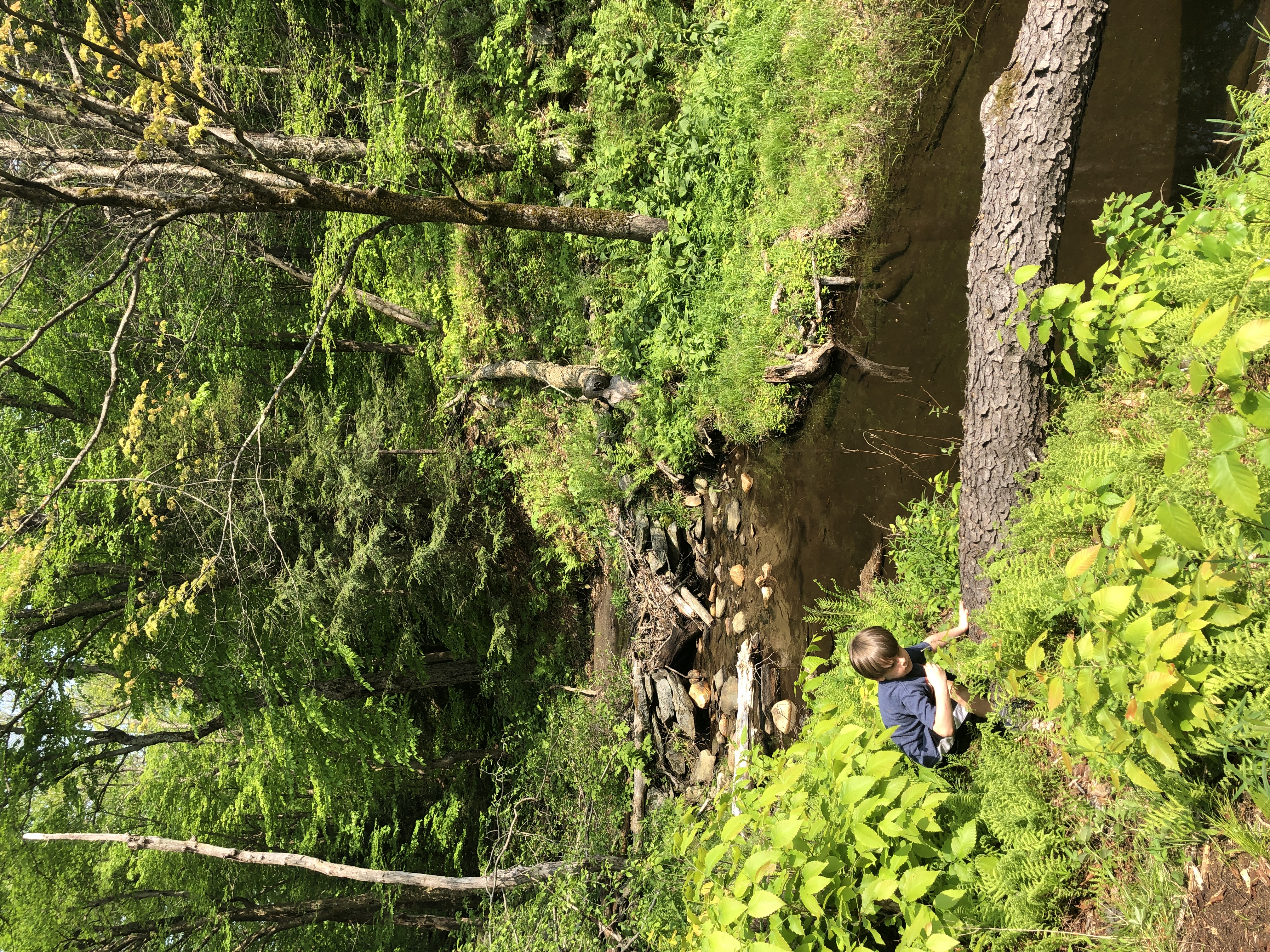
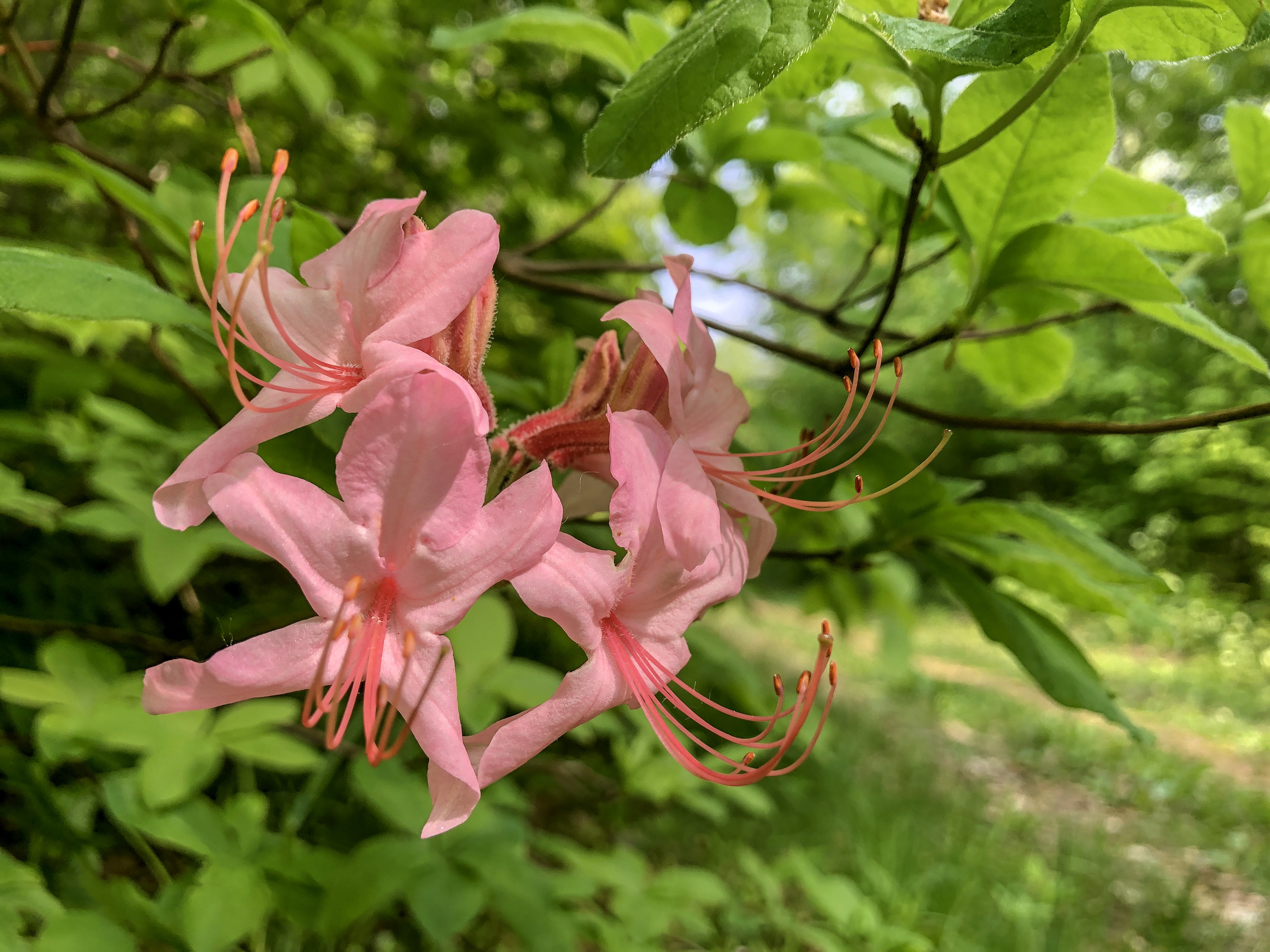
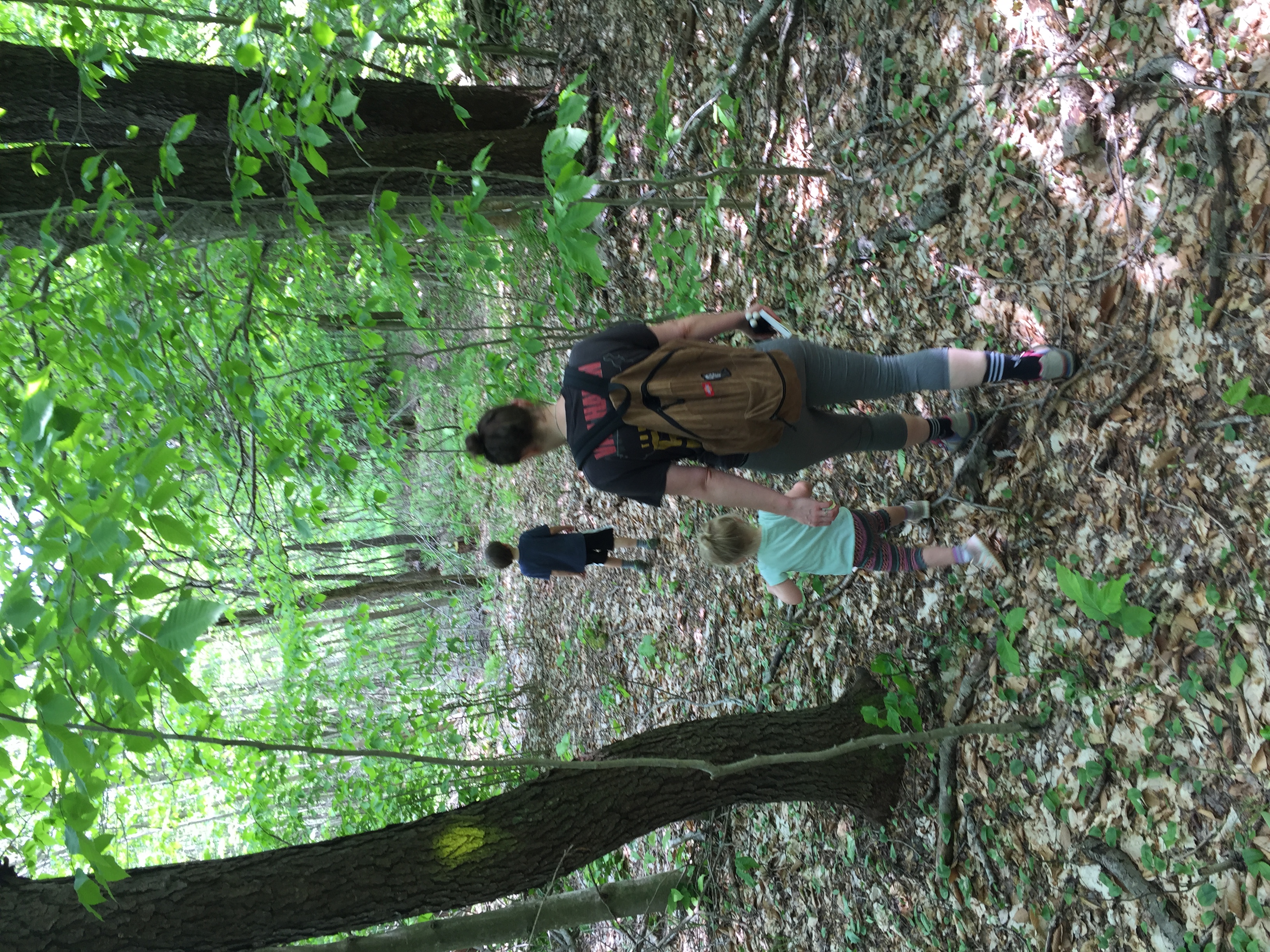
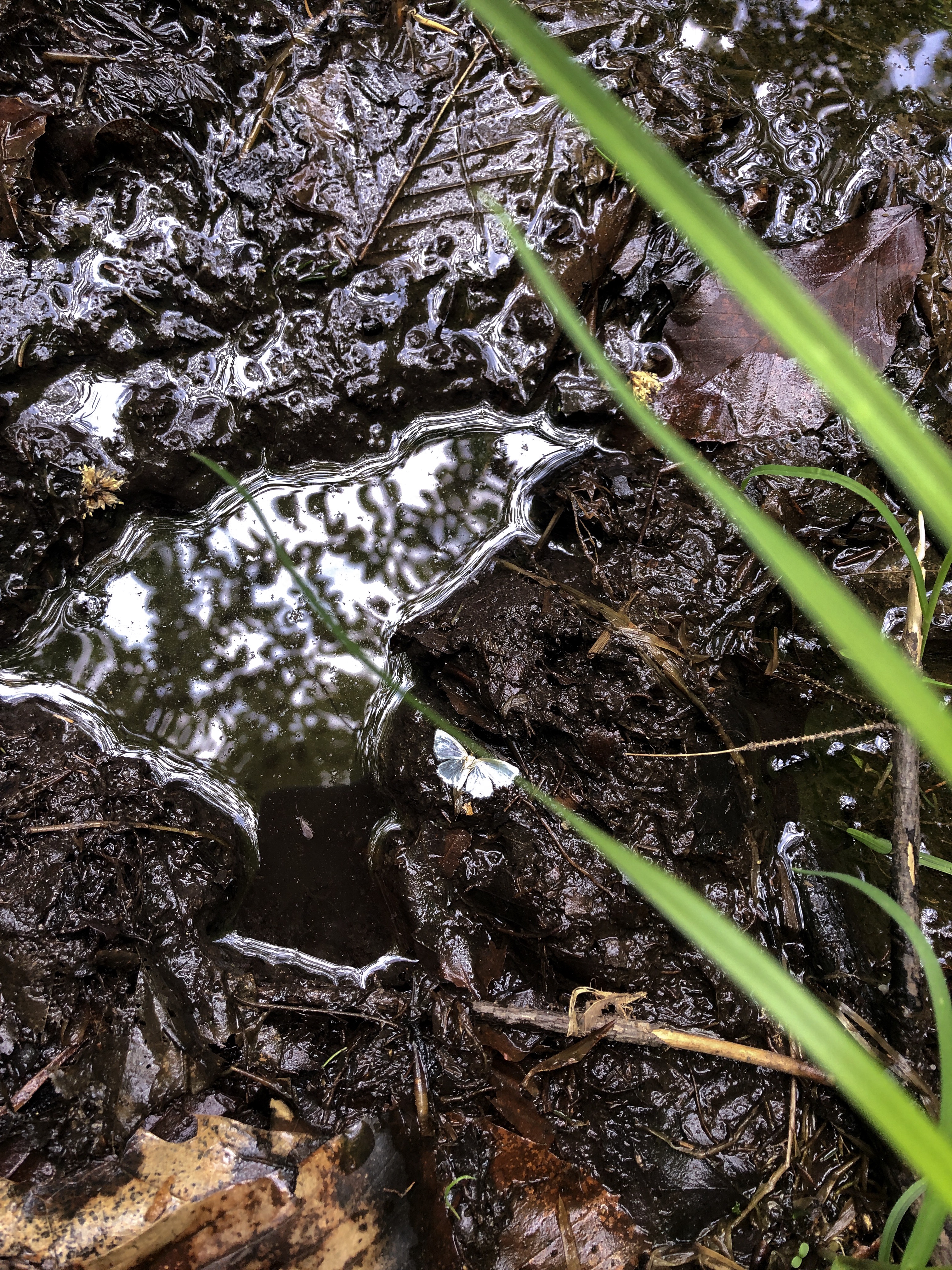
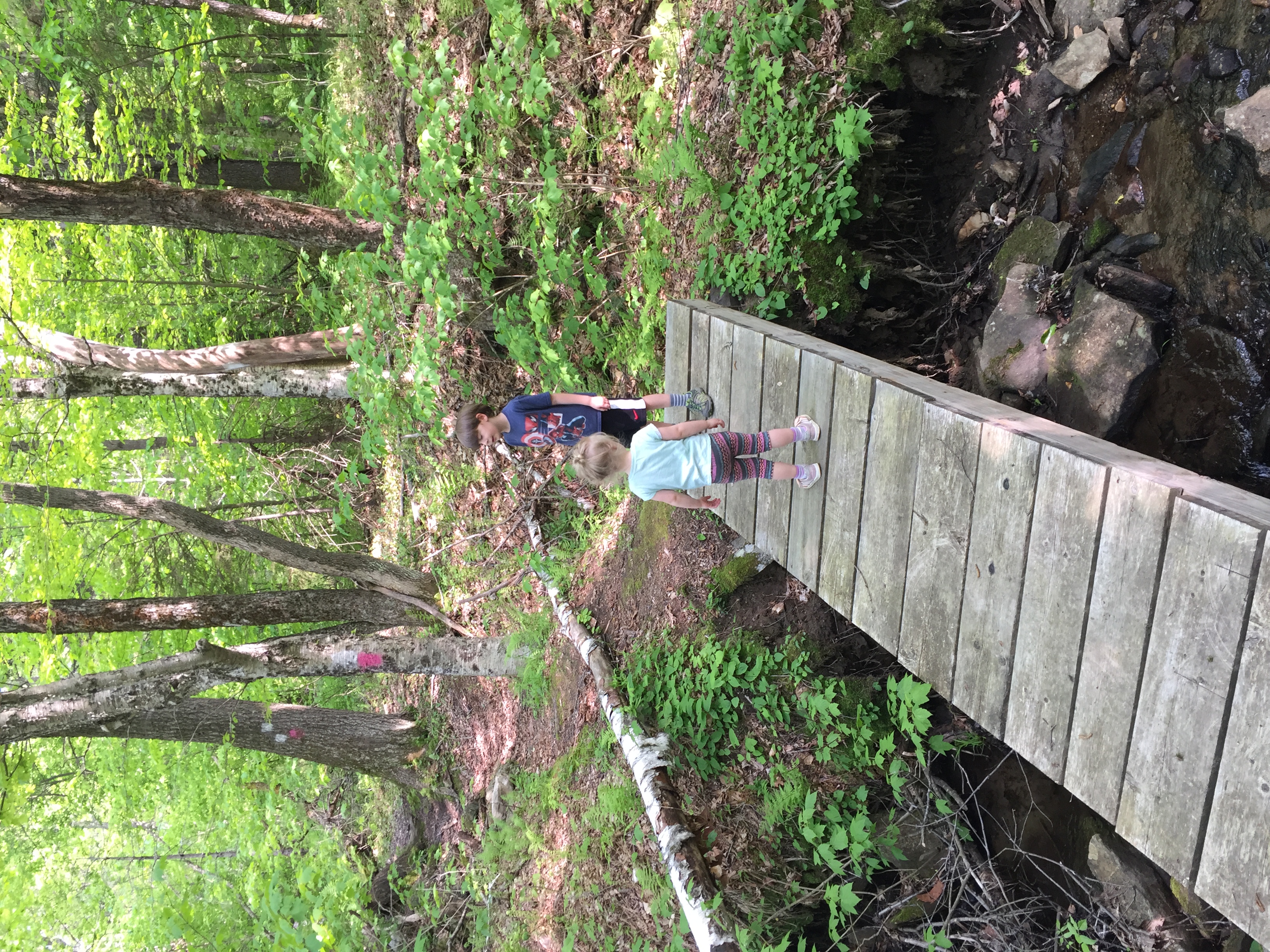
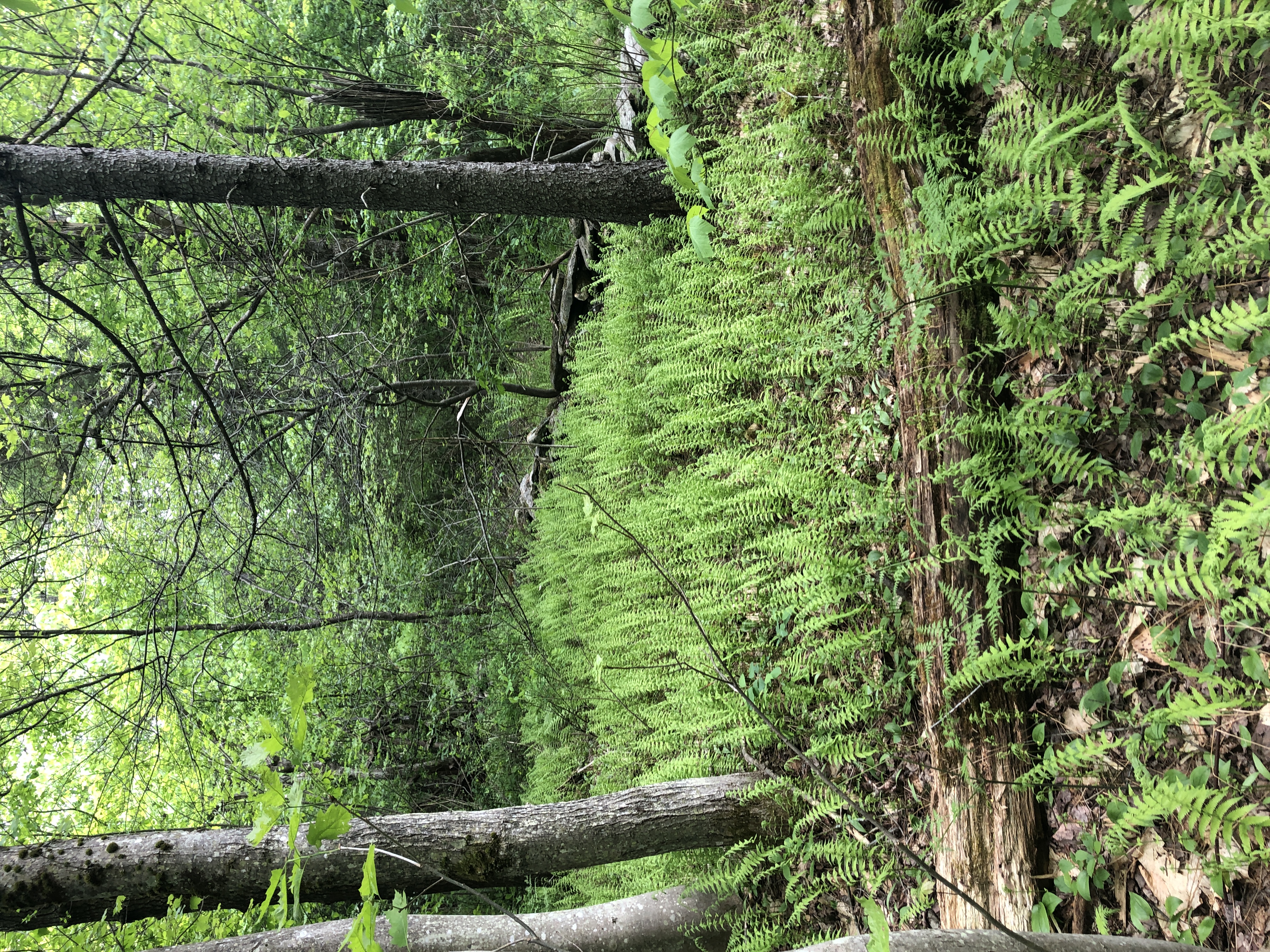
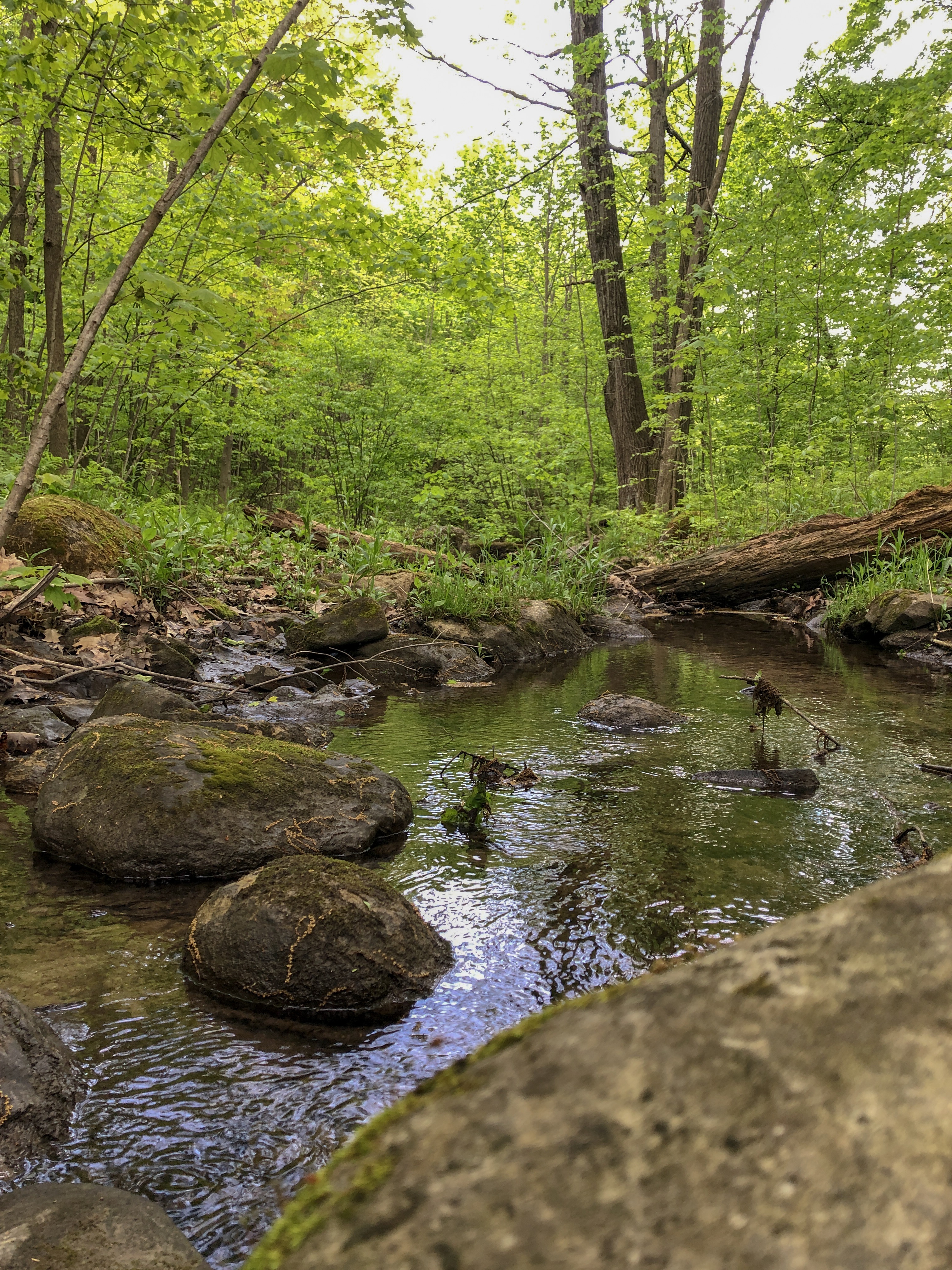
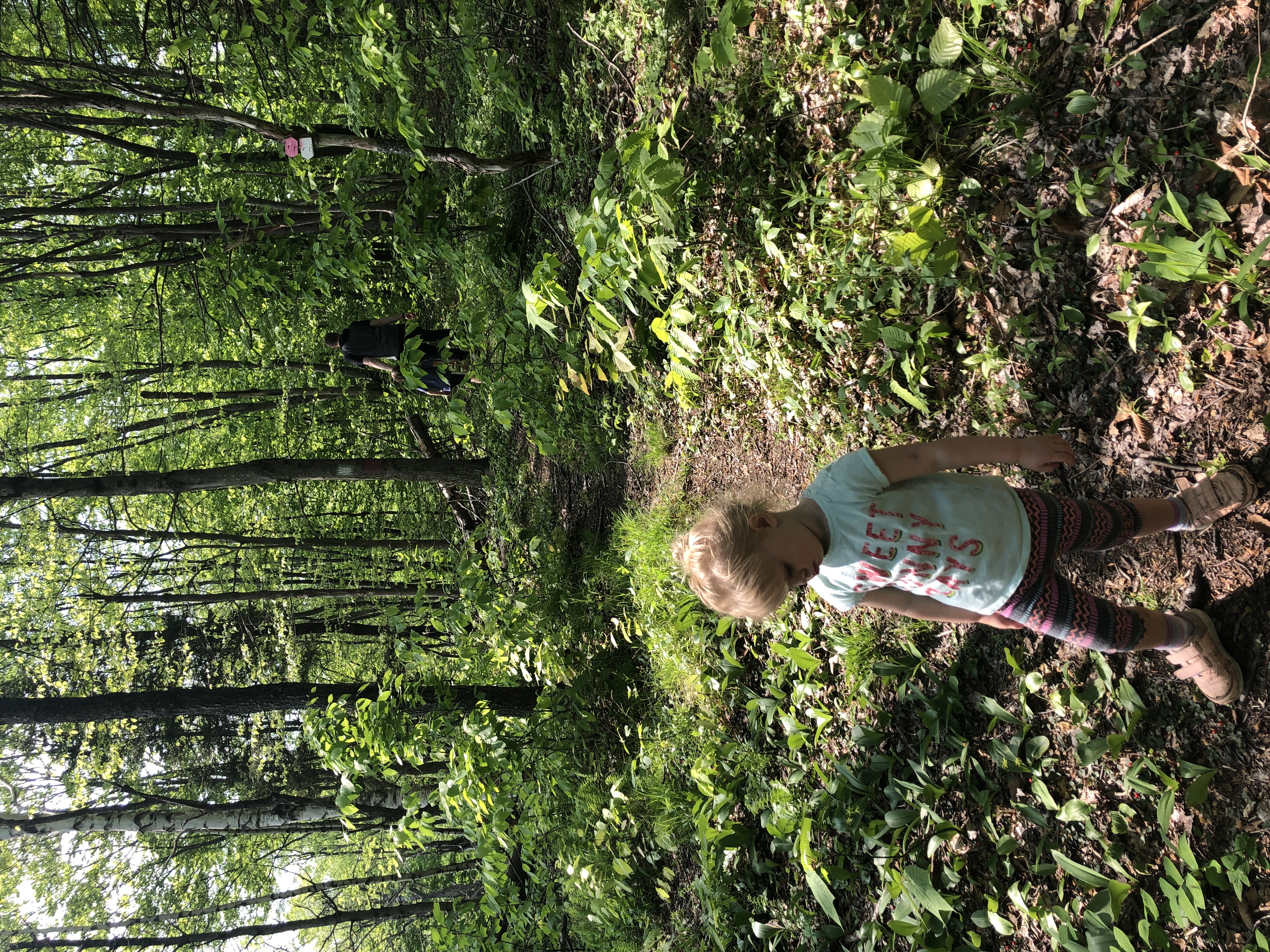
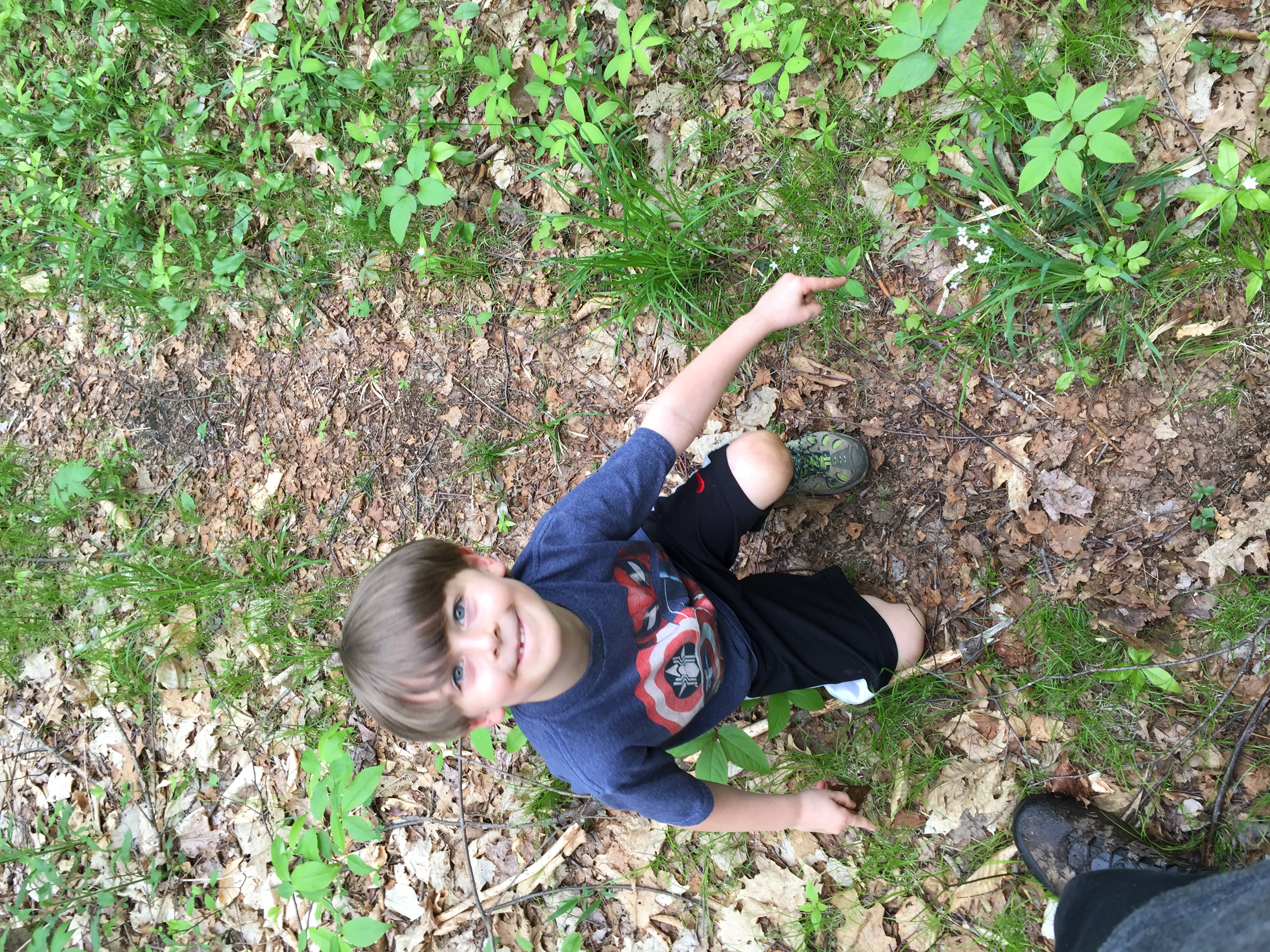
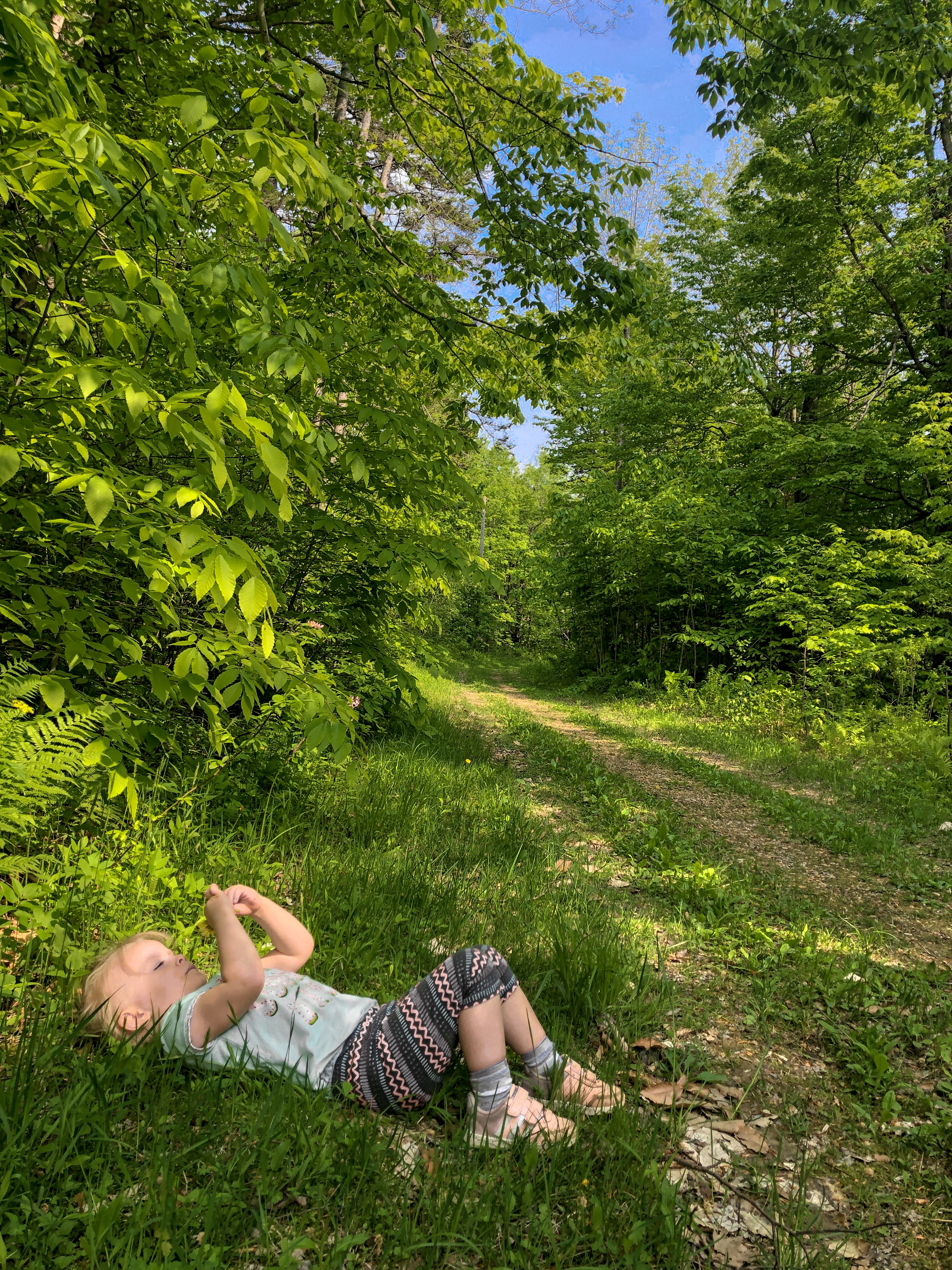
[/et_pb_text][/et_pb_column][/et_pb_row][/et_pb_section]
